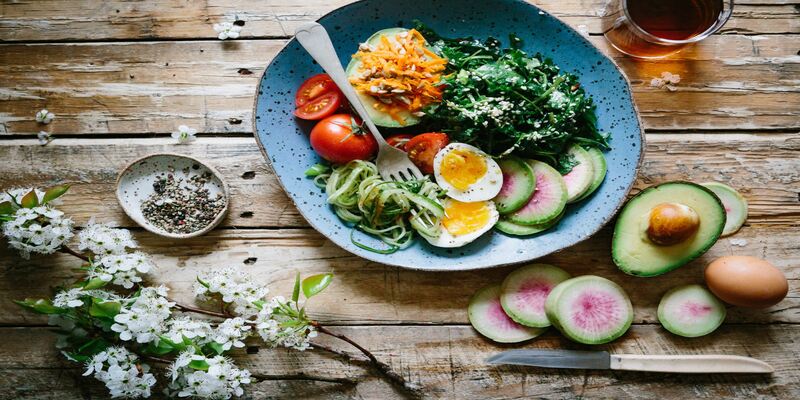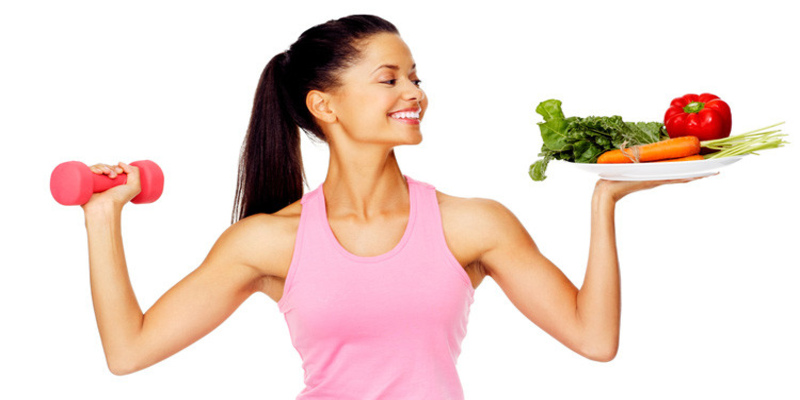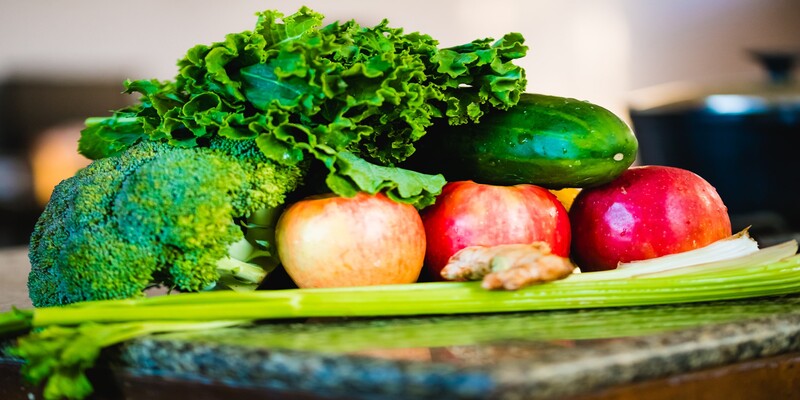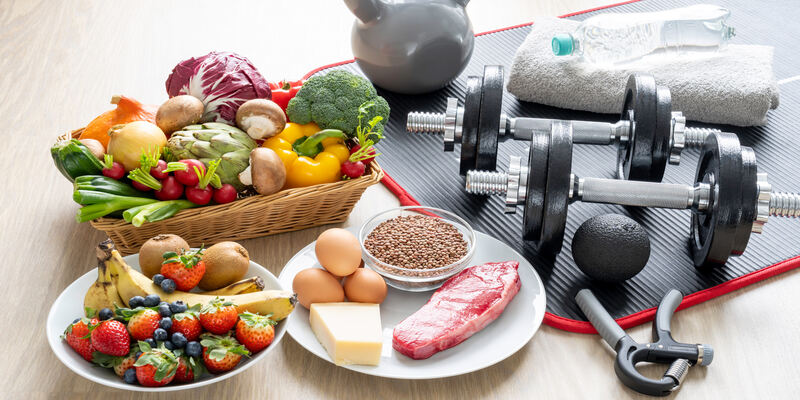If you are looking for an excellent way to balance your diet, you must first know that consuming a wide range of protein-rich foods from several food groups is essential.
Eat less or avoid junk food and sugar-added foods. You aim to build and preserve a muscular, well-proportioned, lean body.
To gain as much muscle as possible, eat a meal heavy in calories and protein and exercise weights often during the bulking period; in this way, it can last months to years.
The upcoming reducing phase aims to reduce body fat as much as possible without sacrificing muscle mass. Over 10–20 weeks, precise dietary and exercise modifications are made.
Now let's check out what and when to eat for eight training.
Decide How Many Calories You Should Have in a Day

If you want to track your calories and dont know how, here is good news for you. Nowadays, there are many applications on which you can track your calories easily. Sounds good right?
Suppose your weight remains constant during the week. You're maintaining your weight rather than growing or decreasing it.
Make a mind to review your calorie targets once a month to consider weight fluctuations. For sustained advancement, increase your caloric intake as you gain weight and lower it during your weight loss journey.
Check Your Macronutrient Ratio

It represents the fat, carbohydrates, and protein proportions in your diet. Fat has nine
grams of calories (g), while protein and carbohydrates have four.
Whether you're in a cutting or bulking phase, your macronutrient ratio won't change. A regular diet consists of:
- 35–35% of calories come from protein
- 55–60% of calories come from carbohydrates
- 15–20% of calories come from fat
To find out what you need specifically and ensure the food you eat meets your needs for nutrients, it's best to speak with a trained dietitian.
Foods to Avoid to Improve Your General Health

While eating a wide range of meals is beneficial, there are several that you should avoid when bulking or cutting to gain muscle and reduce fat, mainly if you take it in large amounts.
Cookies, ice cream, cake, and sugar-sweetened beverages, including soda and drinks, are heavy in added sugars. Junk food may increase inflammation and lead to illness when ingested in excess. Some examples are fried fish, cheese curds, onion rings, french fries, and chicken strips.
Before working out at the gym, you should avoid eating anything that will slow your digestion or upset your stomach. It includes:
- Foods high in fat: foods high in butter, fatty meats, and thick creams or sauces
- Food with high fibre: cruciferous vegetables, such as broccoli and cauliflower, and beans
- Carbonated drinks: Diet soda or sparkling water
Foods That Will Help You Stay Fit Overall
When bulking or reducing, you can typically consume the same foods; the only change is the quantity rather than the composition.
Make Every Effort to Give the Following Foods Top Priority
Fish, poultry, and meats: Cod, salmon, tilapia, chicken breast, ground beef, hog tenderloin, venison, and sirloin steak. If you follow it, then it is the best weight lifting diet for beginners.
- Dairy: cheese, yoghurt, cottage cheese, and low-fat milk
- Grains: rice, quinoa, popcorn, crackers, bread, cereal, and oatmeal.
- Fruits: melons, berries, pears, peaches, oranges, apples, bananas, and grapes.
- Starchy vegetables: cassava, green lima beans, sweet potatoes, corn, and green peas
- Vegetables: Broccoli, leafy greens, tomatoes, green beans, cucumbers, asparagus, zucchini, peppers, and mushrooms.
- Nuts and seeds: Walnuts, almonds, chia, flax, and sunflower seeds
- Legumes and beans: lentils, kidney beans, pinto beans, black beans, and chickpeas
- Oils: avocado, flaxseed, and olive oils
Dietary Supplements You Should Consider
Many people use nutritional supplements to enhance their general fitness level. However, speaking with a healthcare provider is crucial before incorporating anything new into your routine. But before anything speak with your doctor about the following if you haven't already.
- Protein: Try to add protein powder to drinks or smoothies. It is a quick and easy approach to increasing your protein consumption.
- Creatine: Creatine provides you with the energy to complete one more rep. Although creatine comes in various kinds, creatine is thought to be the most efficient.
- Coffee: Coffee has the potential to lessen weariness. Caffeine-containing beverages include tea, coffee, and pre-workout pills.
Sample of a Diet Plan
Poor vital minerals and vitamin intake due to a lack of variety and limited meal options within and across food groups. To guarantee that your nutritional demands are satisfied, including diversity in your diet is crucial, mainly when decreasing calories.
Now let's find out what and when to eat for weight training to lose weight the following could describe a typical week's worth of meals:
Monday
Breakfast: Oatmeal, pears, and scrambled eggs
Snack: Cheese with raspberries and reduced fat
Lunch: White rice, broccoli, and a venison burger
Snack: A banana and a protein shake
Dinner: The supper is quinoa, asparagus, and salmon.
Tuesday
Breakfast: Protein pancakes topped with peanut butter, strawberries, and light syrup
Snack: An apple and boiled eggs
Lunch: Sweet potatoes, salad, and sirloin steak.
Snack: A peach and a protein smoothie
Dinner: Spaghetti with marinara sauce and ground turkey.
Wednesday
Breakfast: Roasted potatoes, an apple, and chicken sausage with an egg.
Snack: Almonds, strawberries, and Greek yogurt
Lunch: Mushrooms, rice, and turkey breast.
Snack: Grapes and a protein smoothie
Dinner: Salad leaves dressed in vinaigrette and mackerel.
Thursday
Breakfast: Whole-grain tortilla with ground turkey, salsa, cheese, and an egg.
Snack: A pear and granola with curd
Lunch: Broccoli, sour cream, baked potatoes, and chicken breast.
Snack: Mixed berries and a protein smoothie
Dinner: Brown rice, carrots, and shrimp stir-fried with an egg.
Friday
Breakfast: Greek yoghurt, strawberries, and blueberries
Snack: Orange with mixed nuts and jerky
Lunch: Lime-juiced tilapia fillets, pinto, and vegetables.
Snack: Watermelon and a protein shake
Dinner: Rice, peas, beans, and ground meat.
Saturday
Breakfast: Egg, ground turkey, bell peppers, corn and cheese
Snack: Apple and crackers
Lunch: Potato wedges and tilapia fillet.
Snack: Pear and a protein smoothie
Dinner: Rice, beans, cheese, onions, and bell peppers with diced beef.
Sunday
Breakfast: Avocado toast, eggs, and fruits.
Snack: Orange and almond butter-topped protein balls
Lunch: Sliced pork tenderloin with carrots, beans, and roasted garlic potatoes.
Snack: Strawberries and protein smoothie
Dinner: Chicken breast with marinara sauce and parmesan cheese.
Conclusion
That is all you need to know about what and when to eat for eight training. Nowadays, many people value muscularity and leanness more than athletic ability.
If you want to achieve an ideal look, then keep in mind that Regular exercise and attention to your food are essential for this to happen
During a diet's bulking and cutting phases, your macronutrient ratio stays constant, but your calorie intake varies.
It would be best to eat a diet rich in nutrients and protein. Limiting sweets, and deep-fried foods is also advised. Hopefully, now you know what and when to eat for weight training for weight loss.

What is Blue Light
Jan 09, 2024

Glutathione Benefits
Nov 23, 2023

Glucose Monitors and Meters: A List Of The Top 6
Nov 14, 2023

What is Mild Autism
Nov 02, 2023

Why Do Some People Refuse Public Face Masks
Jan 02, 2024

What are The Three Levels of Autism
Feb 10, 2024

Why Should You Choose A High-Deductible Health Plan?
Jan 13, 2024

Signs of Fibroids Breaking Down
Feb 25, 2024



